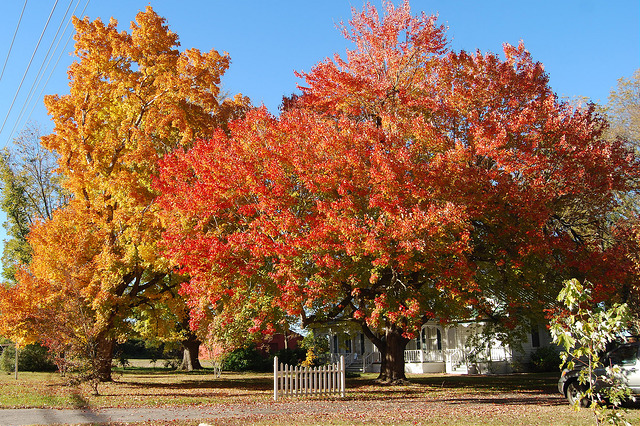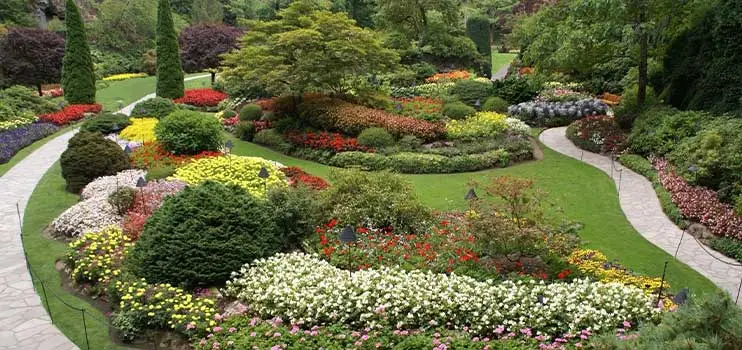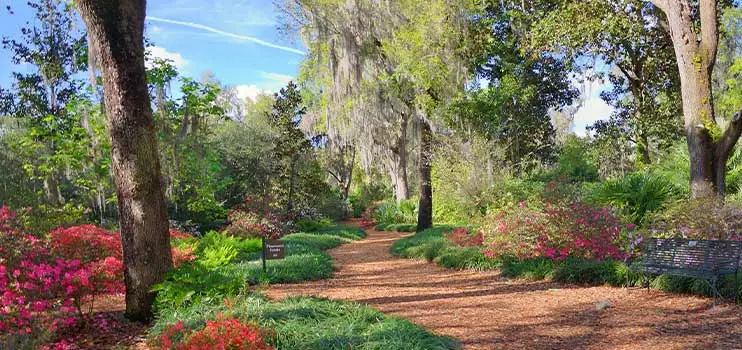
The changing of seasons has a powerful way of triggering certain emotions and actions within people. Summer nears and we all tend to let loose a little bit; introducing more fun to our schedules with beach days and BBQs. Just the opposite tends to happen as the leaves start to change color and the majority of families gear up for back to school. Whether you have children in school or not, there is something about the crisper air temps and fall smells that manifests the motivation to prepare, keep a schedule and get back into the swing of things. In our business, we recognize the need for trees and shrubs to do just the same. Fall is the time to prepare your trees for a season where winter storms can bring unpredictable outcomes. You may be thinking, "we are months away from any potential snow storm", which is true, but hurricane season is upon us, and it's predicted that 2017 will be a long and intense one. Jim Skiera, Executive Directory of the International Society of Abroriculture (ISA) urges homeowners to give their trees proper attention in the fall when he explains:
“Minimize stress by helping your trees through the cold months, a little at a time. If you take care of your trees in the winter, you’ll be rewarded in the spring.”
So, what exactly do your trees need to help protect themselves against harsh winds and extended periods of freezing? Here is a helpful checklist of actions you can take to ensure your greens will weather the storm:
Fertilization.
The summer heat can really take a toll on your trees and shrub's nourishment levels. So they are already low on nutrients and are about to enter several months of dormancy? Well of course that makes fall the perfect time to amp up nutrient levels with a proper feeding. Fall Fertilization is especially important for younger, less established trees, that are more susceptible to storm damage. A slow releasing fertilizer injected or soil drenched along the drip line of the tree will help distribute nutrients to the root system for several months.
Hydration.
Even though trees enter a period of dormancy in the winter, when all consumption, digestion and growth slow down, they still need to maintain adequate levels of moisture. The amount of water your tree needs will depend on the species of tree, it's age and your climate. When watering a tree, focus around the drip line, which is the circle that trims the width of the crown on the ground. Imagine the tree like an umbrella, the drip line is where all the water droplets will run off and meet the ground. This is where the smaller, feeder roots are located, and the primary spot where water and nutrients are absorbed. It's important to water until the soil is moist but not soggy. The key to a good fall watering, is to catch the tree after it has shed it's leaves but before the ground has frozen. Frozen soil acts as a barrier preventing the roots from absorbing any of the water.
Prune Away Dead Wood.
Before the fall is in full swing, prior to all the leaves falling off, is the easiest time to identify dead wood because they will be the branches that did not sprout any leaves over summer. Healthy branches have life inside them and are flexible when blown by the wind. Conversely, dead branches are brittle and weak and will snap very easily with even small levels of stress. Now is the time to prune away all dead wood so branches and limbs do not fall and cause damage during upcoming storms.
Cabling Weak Trees.
Cabling is the installation of flexible steel strand cables in trees to add needed support to weak branches. A certified arborist is trained to analyze a tree's structure and identify limbs that are not strong enough to bear the weight they are carrying. The goal of cabling, is to transfer the weight load from the weaker branch to stronger ones to ensure that your tree will withstand heavy winds and stressful weather conditions. Cabling is very effective and is often a long term fix to a tree that might have otherwise failed.
Have your trees inspected before the winter hits and take the necessary steps to protect your home and family from any hazards that may exist. Emerald Tree & Shrub Care is offering Free Property Inspections this fall, to have a certified arborist come evaluate your trees call us at 914-725-0441.










